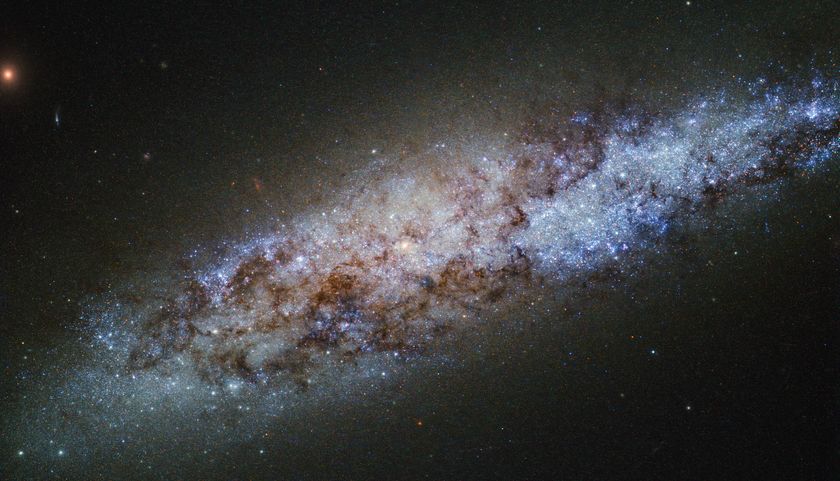NASA's Proposed 2018 Budget Could Push Europa Mission to Late 2020s

Congress will have to loosen the purse strings if it still wants NASA to launch a flyby mission to Jupiter's ocean-harboring moon Europa by 2022, agency officials said.
The White House's 2018 federal budget request allocates $425 million for development work on NASA's Europa Clipper mission, which will assess the habitability of the icy moon's subsurface ocean during dozens of flybys.
The budget proposal, which was released yesterday (May 23), envisions giving the mission a total of $1.63 billion from 2018 through 2022. But according to NASA budget documents, Europa Clipper would need about $2.48 billion over that span to be ready for launch in 2022, a target date set by Congress in 2015. [Photos: Europa, Mysterious Icy Moon of Jupiter]
"We do not have the budget to launch it in 2022, especially due to flat budgets in the out years," NASA acting chief financial officer Andrew Hunter said yesterday during a teleconference with reporters. (The 2018 proposal sets NASA's annual budget at a flat $19.1 billion from 2018 through 2022.)
If Congress does indeed pass this notional budget into law, the Europa Clipper will likely get off the ground in the mid to late 2020s, NASA officials wrote in the agency's 734-page 2018 budget-estimate document.
But Congress may well tweak the White House's budget proposal considerably. The Europa mission has some prominent advocates on Capitol Hill — in particular, John Culberson, R-Texas, chairman of the House's Commerce, Justice and Science Subcommittee on Appropriations, which is responsible for funding NASA.
Culberson has repeatedly stated his enthusiasm for Europa exploration, saying he thinks life may exist in the moon's ocean. And the subcommittee he chairs has a record of giving NASA more money than the White House requests for Europa-mission development.
Get the Space.com Newsletter
Breaking space news, the latest updates on rocket launches, skywatching events and more!
In late 2015, Congress directed NASA to add a lander component to the Europa Clipper mission. The space agency has concluded that such a lander would launch separately from Clipper and hunt for signs of life on and just beneath the moon's icy surface after touching down.
NASA got money this year to continue developing the lander, and just last week, the agency told scientists to get ready for a Europa lander science-instrument competition. But the lander remains a concept at the moment, not an approved mission, and its prospects are uncertain: The Trump administration's 2018 budget request allocates no funding for the project.
"We are somewhat challenged with the expectations that Congress has on the timing of these two missions," Hunter said, referring to Europa Clipper and the putative lander. "However, we are moving out year to year on the expectation to try to meet that."
Follow Mike Wall on Twitter @michaeldwall and Google+. Follow us @Spacedotcom, Facebook or Google+. Originally published on Space.com.
Join our Space Forums to keep talking space on the latest missions, night sky and more! And if you have a news tip, correction or comment, let us know at: community@space.com.

Michael Wall is a Senior Space Writer with Space.com and joined the team in 2010. He primarily covers exoplanets, spaceflight and military space, but has been known to dabble in the space art beat. His book about the search for alien life, "Out There," was published on Nov. 13, 2018. Before becoming a science writer, Michael worked as a herpetologist and wildlife biologist. He has a Ph.D. in evolutionary biology from the University of Sydney, Australia, a bachelor's degree from the University of Arizona, and a graduate certificate in science writing from the University of California, Santa Cruz. To find out what his latest project is, you can follow Michael on Twitter.











